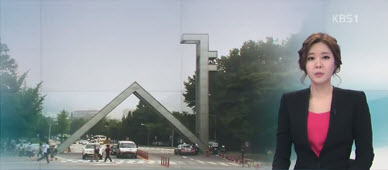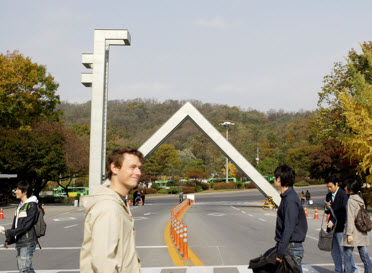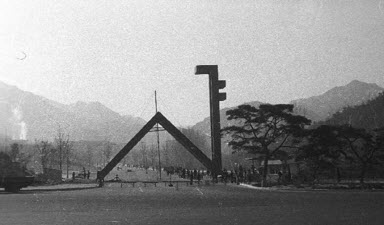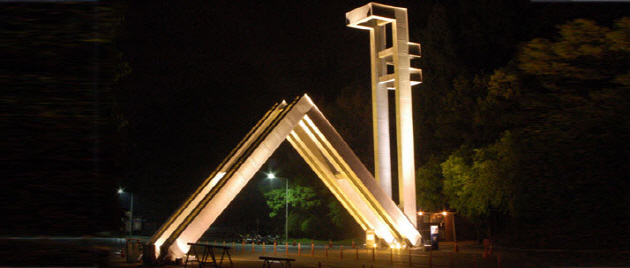The new semester brings an influx of fresh faces to the campus. Many new students may take a picture in front of Seoul National University’s main gate, excited to capture the beginning of this new portion of their careers. But what many do not know is the history behind the structure, the tedious process that past students and administrators had to experience for the creation of this icon.

When the main gate appears on the background of a news piece broadcasted on television,
viewers can immediately identify it even from a simple glimpse

The main gate, commonly called the Sha (샤), has become an icon of the university,
one that holds deep meaning and historical significance.
When Seoul National University’s main gate appears on the background of a news piece broadcasted on television, viewers can immediately identify it even from a simple glimpse. The main gate, commonly called the Sha (샤), has become an icon of the university, one that holds deep meaning and historical significance.
The main gate is composed of the university’s original complete Korean name: 국립서울대학교 (Seoul National University). The initial Korean characters “ㄱ, ㅅ, ㄷ” were used to create a practical yet aesthetically innovative design. The design has been noted for its original characteristic. Thus, anyone who comes to visit the campus typically begins with a quick photo in front of the iconic gate.
The History

The original three design proposals, options A to C from left to right.
On 1975, Seoul National University (SNU) moved its main campus from Yongon located in the Northern part of Seoul to the Gwanak Mountains. However, even after the move SNU did not have a main gate for four years. On March 1977 the administration began a voting procedure for students and professors to choose among three designs that had been prepared. Option A was a design similar to a famous gate located in the historic Jongno area, while option B was a modern design with four tall, erect pillars. The third option, C, borrowed the construction techniques of the Bulguksa Temple to create a traditional design that would express the unique ethnic qualities of the nation. Most votes ended up crowding around options B and C, but without a clear majority it was difficult to make a decision, and a compromise between the two designs was nearly impossible. Thus an advisory committee was formed to come up with a new design.
The advisory committee consisted of professors from the College of Fine Arts, College of Engineering, the Graduate School of Environmental Planning, and specialists of archaeology and art history. The members of the advisory committee agreed to focus on what symbolizes Seoul National University to create a design of the main gate. Upon much contemplation, the advisory committee came up with the Sha and drew its design by hand. This design was favored by all the members of the committee.
The job of designing the new main gate was given to Professor KANG Chang-Kyun, one of Korea’s most noteworthy individuals in hand-painted crafts. Professor Kang finalized the design shortly after.
A Split Public

The first photo of the finalized main gate taken on February 1978.
At the time the design was criticized for being “too avant-garde”.
Upon the release of the new Sha design, members of the SNU community were split in disagreement. Controversy ensued, as individuals were angered at the sudden departure from the original three designs. In addition, according to the Seoul National University Newspaper published at the time, some individuals believed the new design was too avant-garde. “Symbol for the sake of a symbol”, “No consideration of the efficiency of the gate—form is unstable”, “Overall appears frivolous”, and “Undemocratic decision” were some criticisms that arose. (Seoul National University Newspaper published in August 22, 1997). Others disagreed and stated that the new design was indeed reflecting the spirit of Seoul National University.
Despite the disagreement and criticism, construction went underway. On February of 1978, Seoul National University’s main gate, the result of six months of construction and 40 million Korean won, was finally completed.
The main gate has stood the test of time. Over the years, Seoul National University’s main gate has become the most well known icon of what the institution and its community represents.

The main gate in 2014
Written by OH Jung Eun, SNU English Editor, josefinaoh@snu.ac.kr
Reviewed by Eli Park Sorensen, SNU Professor of Liberal Studies, eps7257@snu.ac.kr

